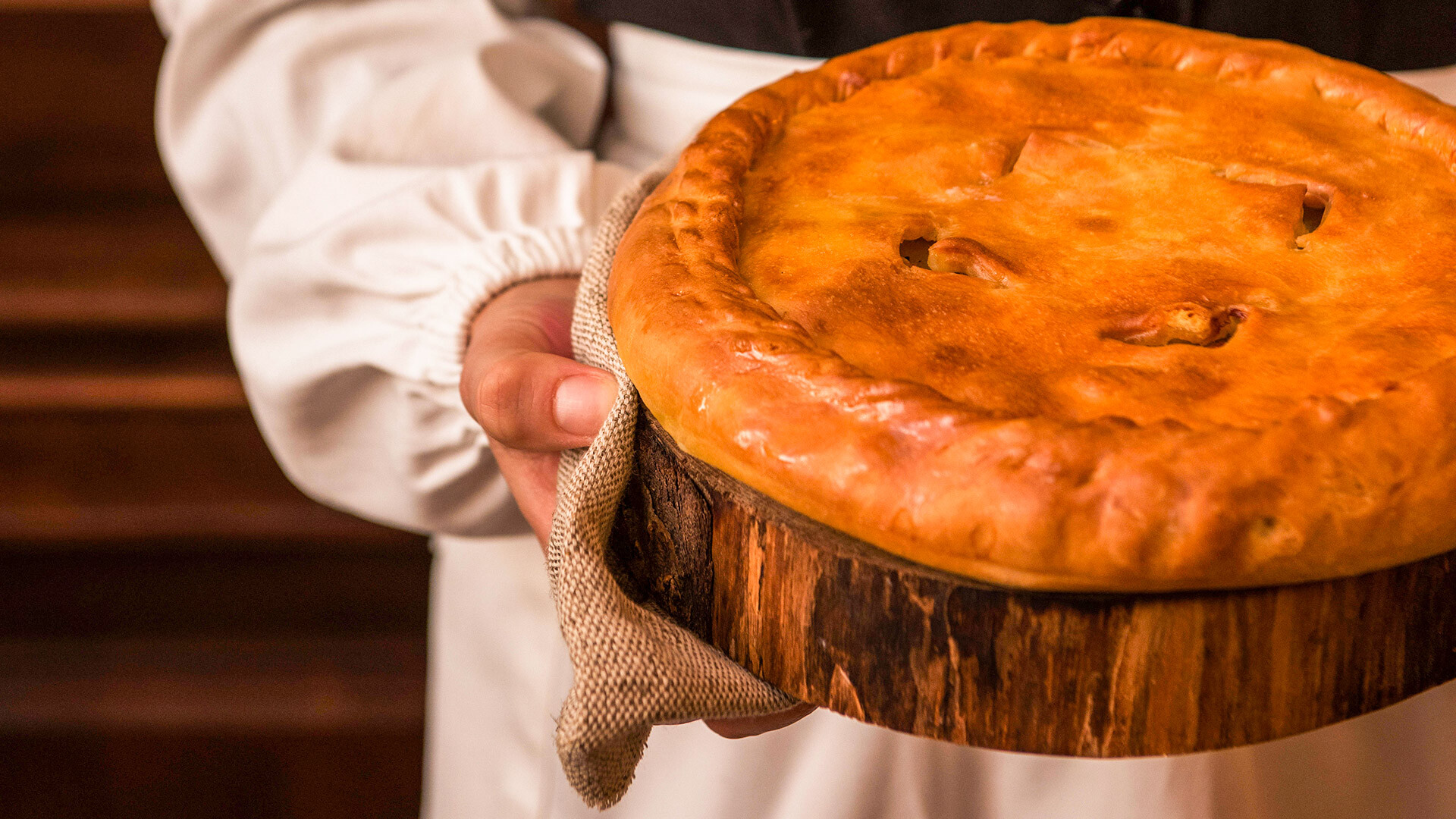
We asked our Russian language community what iconic food is available in their regions. The result was an impressive list, from which we selected 10 of the most iconic items.

Soft and young (about 10 days of aging), Adygean cheese made from cow's milk became famous all over the world thanks to the 1980 Moscow Olympics: it was then that it was presented to foreign visitors and launched into industrial production. At home, in the republic of Adygea, it is called ‘matekyuaye’, which means "cheese from a basket". Usually, people smoke, fry and bake it, as well as add it in pies. Every family has its own secrets of this very delicious cheese.
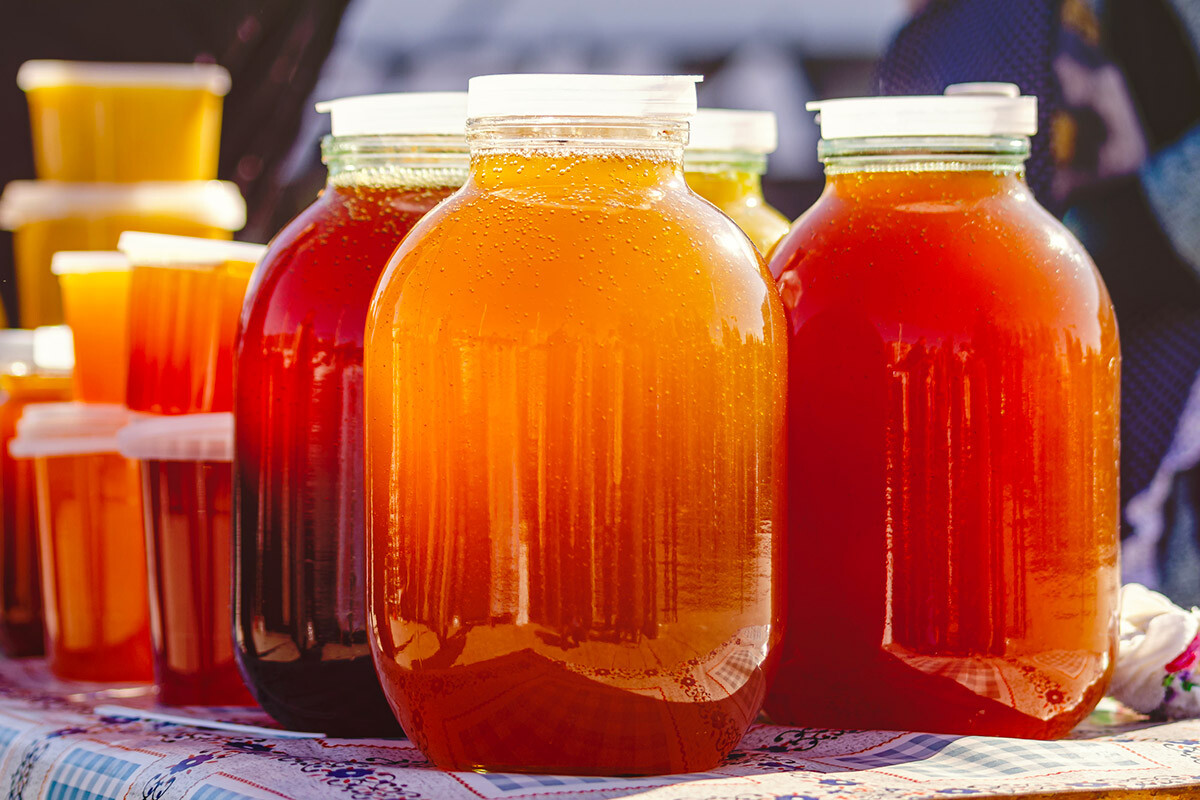
The Republic of Bashkiria has long been famous for honey hunting and this honey is still number one in Russia. The art of forest beekeeping has been handed down from generation to generation and modern beekeepers still share the secrets and organize festivals of this folk craft. And all thanks to the main protagonist of production – the special wild Bashkir wild bee.
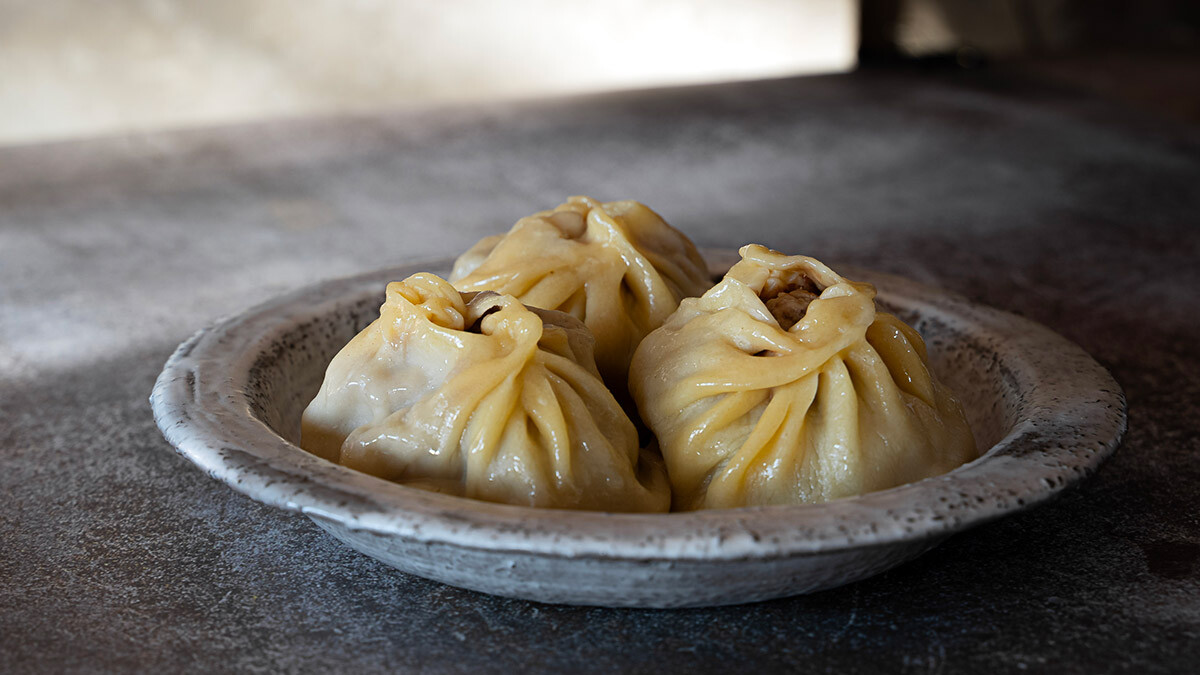
In Buryatia, a dish of steamed dough filled with minced meat and onions is called ‘buuzy’ or ‘posy’. This traditional Siberian dish has been eaten there for centuries. The ‘buuzy’ form symbolizes a yurt (nomad tent), because Buryats have been nomadic for many centuries. They are cooked in a special steamer pot. Read more about ‘buuzy’ here.
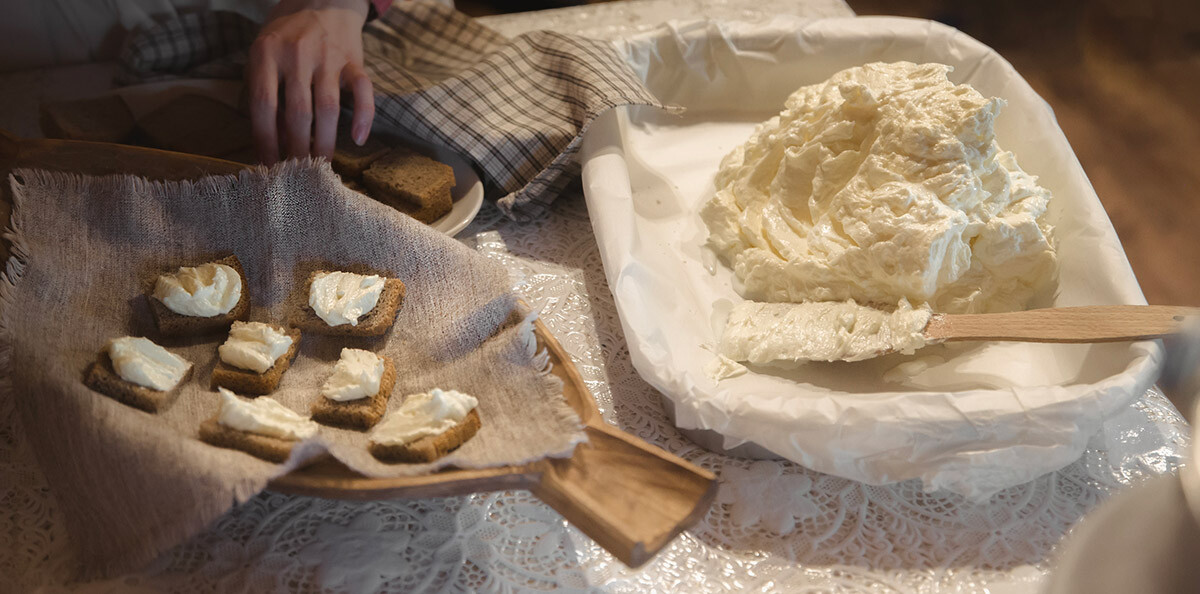
The northern city of Vologda is the unofficial “capital” of lace… and delicious butter! Russia’s first butter factory appeared in the Vologda Province in 1871. Delicate butter with a sweetish flavor is prepared with a special technology. Cream is whipped to high temperatures, which gives it a light nutty flavor. Why Vologda? The region has always been famous for its meadows where many types of grass and flora grow. And because of the mild summers, cows always eat very fresh grass, which affects the taste of milk, cream and butter.

Pies made of rye flour have been eaten by Karelian peasants for centuries. Originally, they were made with rice, potato and mushroom fillings, but, later, sweet fillings started to become more popular. In the Republic of Karelia, they are also dubbed "pies for the son-in-law", because the mother of the bride traditionally prepares them for her daughter's future husband. These days, the pies are a symbol of love and family and also the main Karelian delicacy, which all tourists are sure to try during their visit! Read more about kalitki's history and check out the recipe here.
In Soviet times, everyone got used to pastila in the form of white bars made of egg white and sugar (similar to marshmallows). But, in the early 21st century, Kolomna enthusiasts revived the traditional craft, forgotten after the 1917 Bolshevik Revolution. So, now, apple pastila is made with sour ‘Antonovka’ apples and honey or sugar. And it is considered a real gastronomic brand (and an excellent souvenir!).
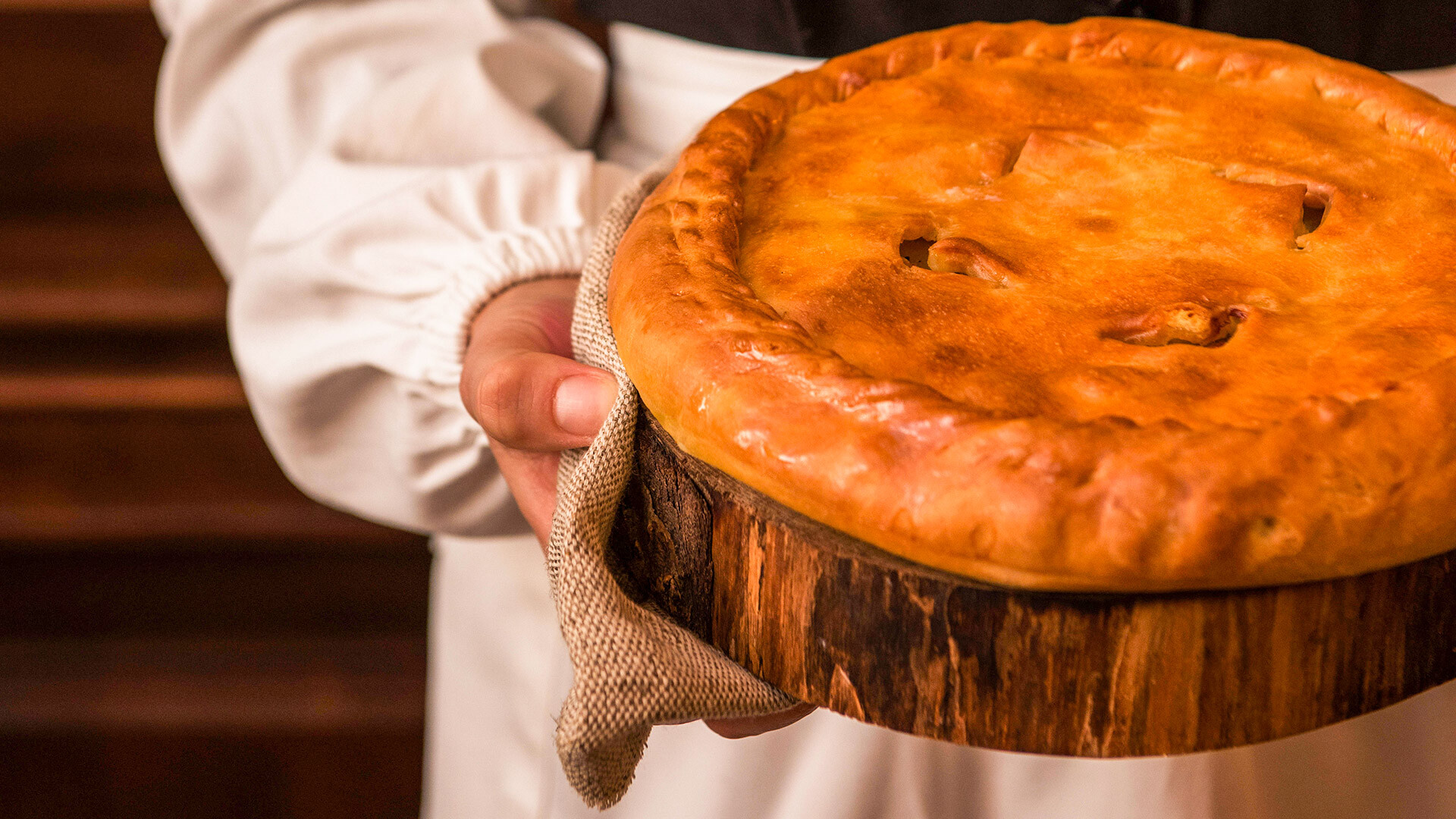
In the Republic of North Ossetia, pies are a sacred dish. Traditionally, there should be three pies on the table. But, for tourists, they make an exception, allowing you to eat just one (you probably won't handle more!). The most popular fillings are meat, cabbage, beet, rampson and young Ossetian cheese. There are many Ossetian pie deliveries in Moscow (a nice alternative to pizza), but, back in the homeland of the dish, they say what is on offer in the capital is only a miserable parody of the unsurpassed original!

This sweet delicacy with an “oriental” flavor is probably the most famous dish from Tatarstan. However, it is also very much loved in Bashkiria and southern Siberia. And, in general, across the rest of Russia. The recipe is simple: small pieces of dough are deep-fried and after cooling down they are mixed with honey syrup. You end up with a sweet pile that’s literally finger-licking good!

The 'pryanik' (gingerbread) is a traditional Russian pastry and many regions have their own variations. Those who do not know, we remind you that it is a flour product made with a special dough based on honey and spices. But, historically, it is the Tula gingerbread that was always the most famous in the country. It has been known since the 17th century and once made a splash around the world, when it won the ‘Grand Prix’ at the World Exhibition in Paris in 1889. In Soviet times, the production of gingerbread based on ancient recipes became industrialized. The Tula gingerbread has a rectangular flat shape, is covered with glaze on top and filled with apple/berry jam or condensed milk.
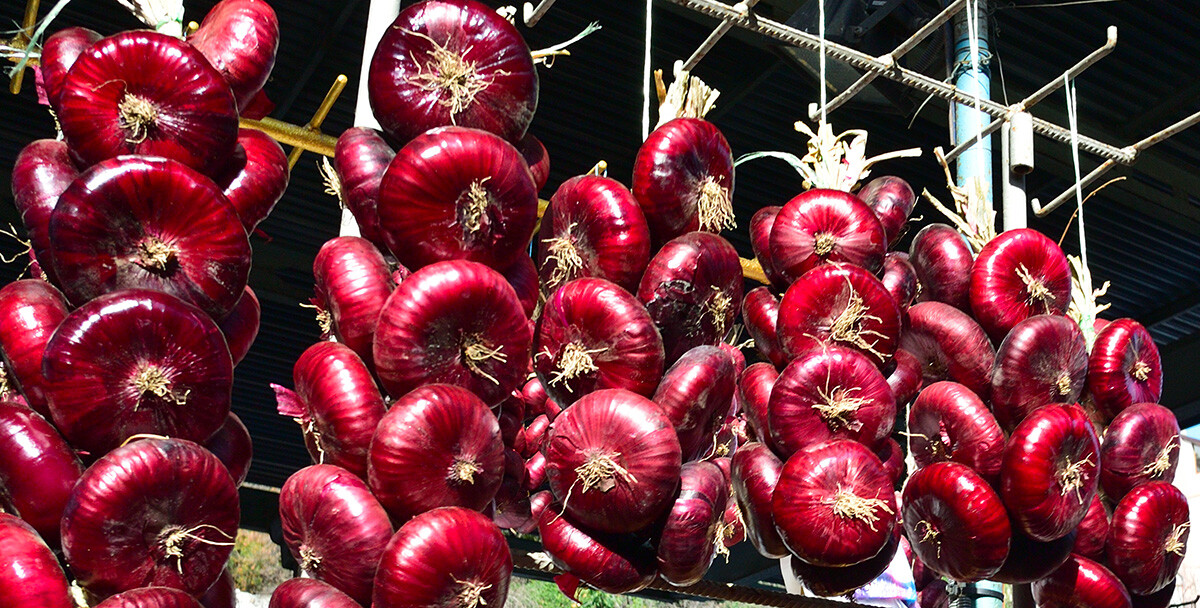
Sweet onions are famous throughout Russia. These flattened, purple bulbs are most often seen in bundles. This is how each onion is ventilated and they can be stored for a very long time. That said, such onions are usually eaten fresh. It is best to make a ‘Crimean rose’ salad from it. Cut some Ylata onions, add sweet tomatoes and dress with unrefined olive oil.
Dear readers,
Our website and social media accounts are under threat of being restricted or banned, due to the current circumstances. So, to keep up with our latest content, simply do the following:
If using any of Russia Beyond's content, partly or in full, always provide an active hyperlink to the original material.
Subscribe
to our newsletter!
Get the week's best stories straight to your inbox